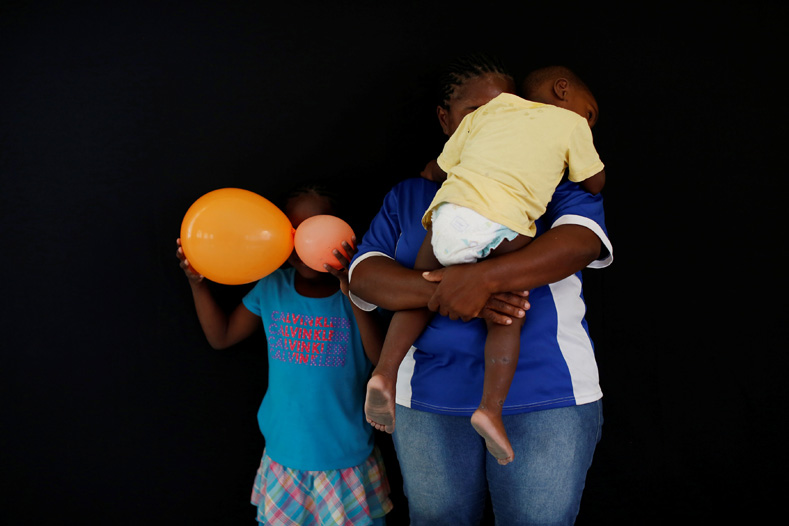Cradling her newborn son in a steamy migrant shelter near the Guatemalan border, Concepcion Bautista says she still plans to reach the United States, but will linger in Mexico to see how U.S. President Donald Trump's immigration policies play out.
Bautista fled Guatemala after gang members threatened to kill her and seized her home, demanding money to give it back.
Her ultimate goal is to reunite with her father and two sons up north, but for the time being, she believes applying for asylum in Mexico is smarter than trying to break into Trump's United States.
"I'm not going back to Guatemala," the 39-year-old said at the shelter in the southern Mexican city of Tenosique. "I have faith that we'll be able to cross but for now, at least, I'm staying in Mexico."
Mexican asylum data and testimony from migrants in Tenosique suggest that although fewer Central Americans are trying to enter the United States, plenty are still fleeing their poor, violent home countries, with many deciding to stay longer in Mexico, which has traditionally been a transit country.
Between Trump's election in November and March, 5421 people applied for asylum in Mexico, up from 2148 people in the same period a year earlier, Mexican government data shows.
Samuel, who used a pseudonym, was threatened with death after gangs kidnapped and murdered his 19-year-old son in El Salvador, prompting him to plan a move with his family to the United States. Trump's election changed everything.
"I wanted to go to the United States with my family, but we've seen that the new government there has made things harder," said Samuel.
"For the time being, we want to stay here in Mexico, and we've already applied for refugee status."
Asylum applications in Mexico rose steadily in recent years as the flow of people leaving Central America increased. But in 2016, as Trump campaigned on a tough anti-immigration platform, applicants jumped to 8,781, up from just under 3,500 in 2015. Mexico's refugee agency COMAR predicts it could receive more than 22,500 asylum applications in 2017.
Despite their concerns, some Central Americans are undeterred and have decided to try their luck at entering the United States.
Irrespective of struggles in Mexico and the hard journey north, all of the migrants were certain they did not want to return home.
"Only death awaits me there," said Samuel.
 15
15 














